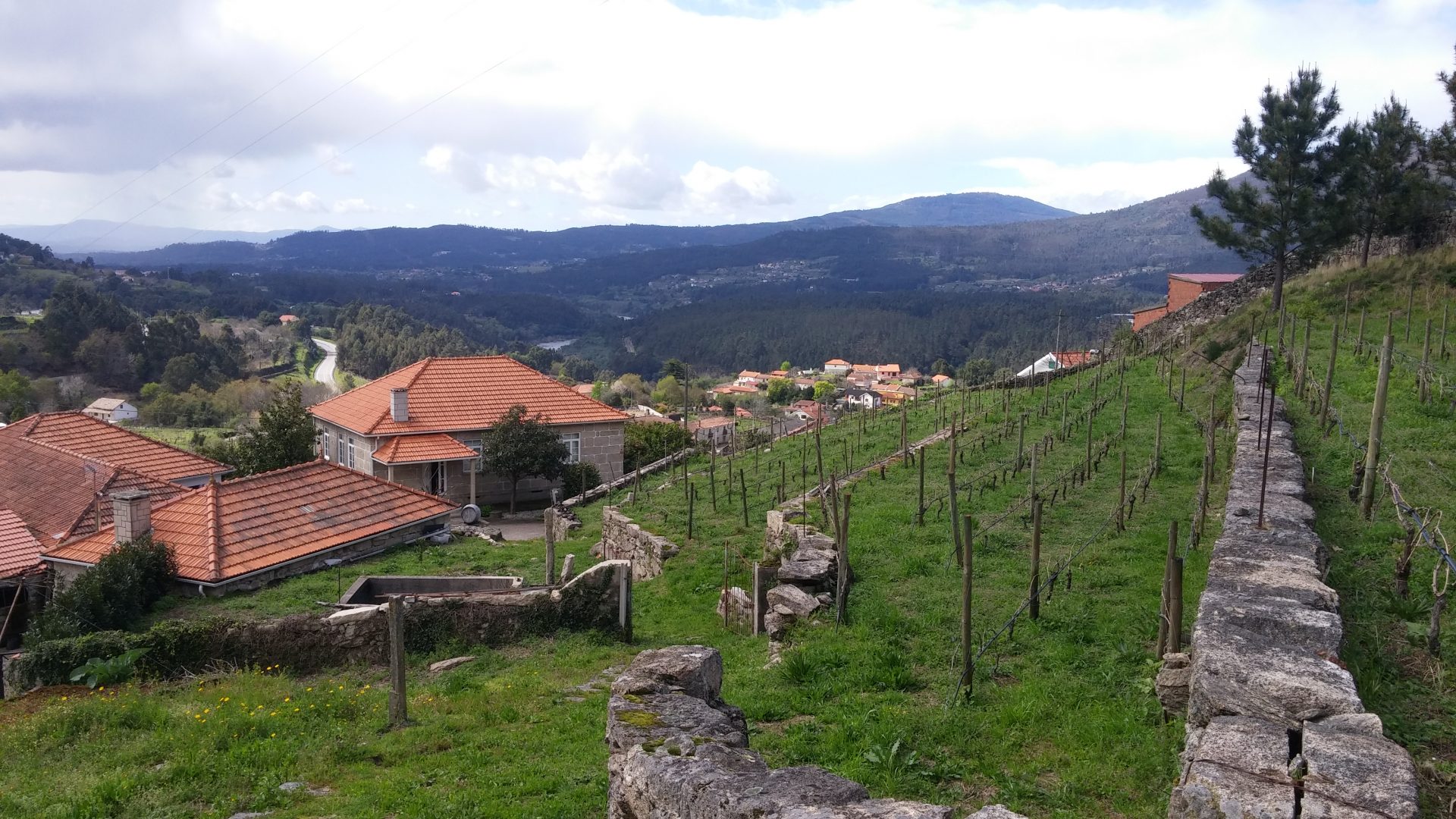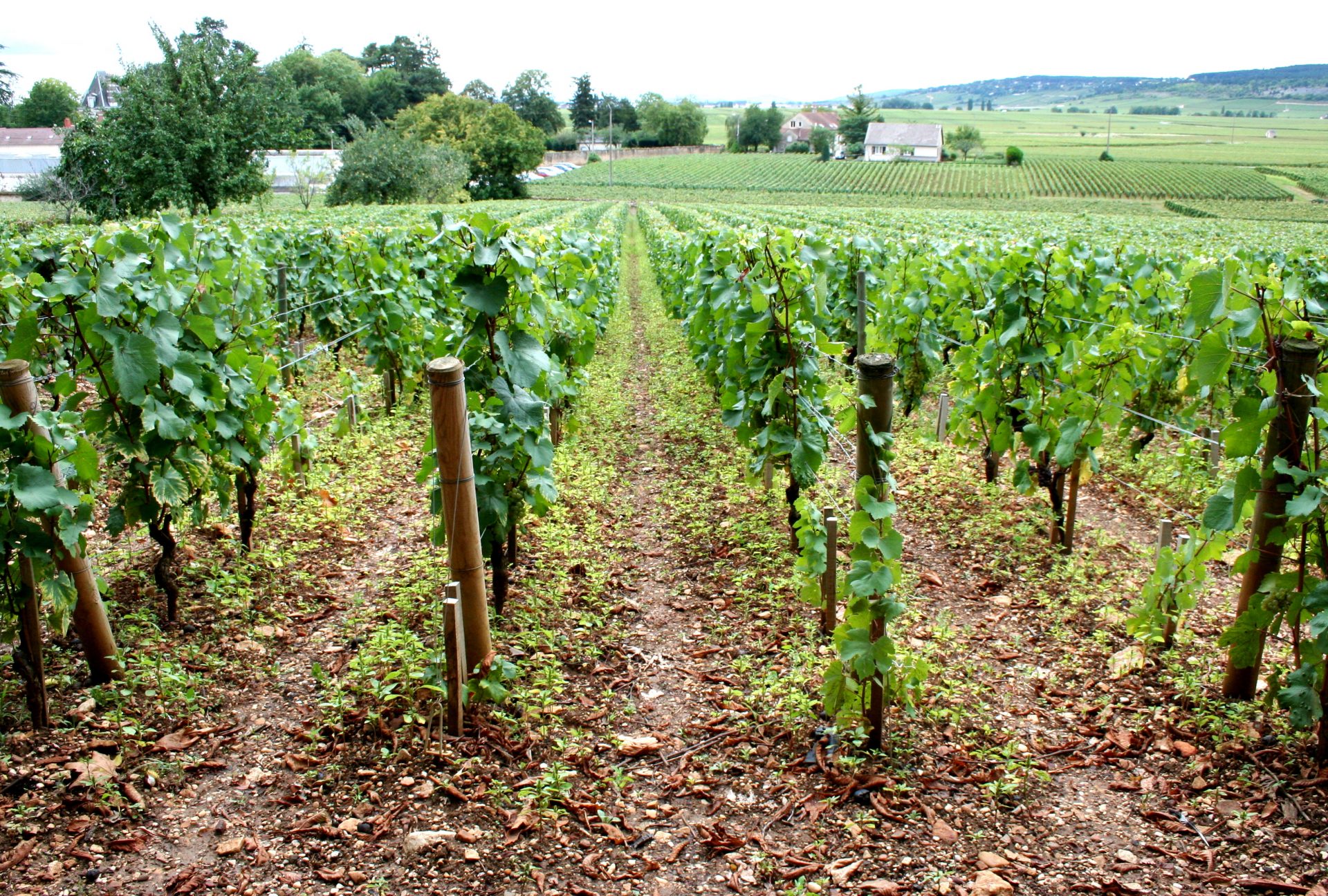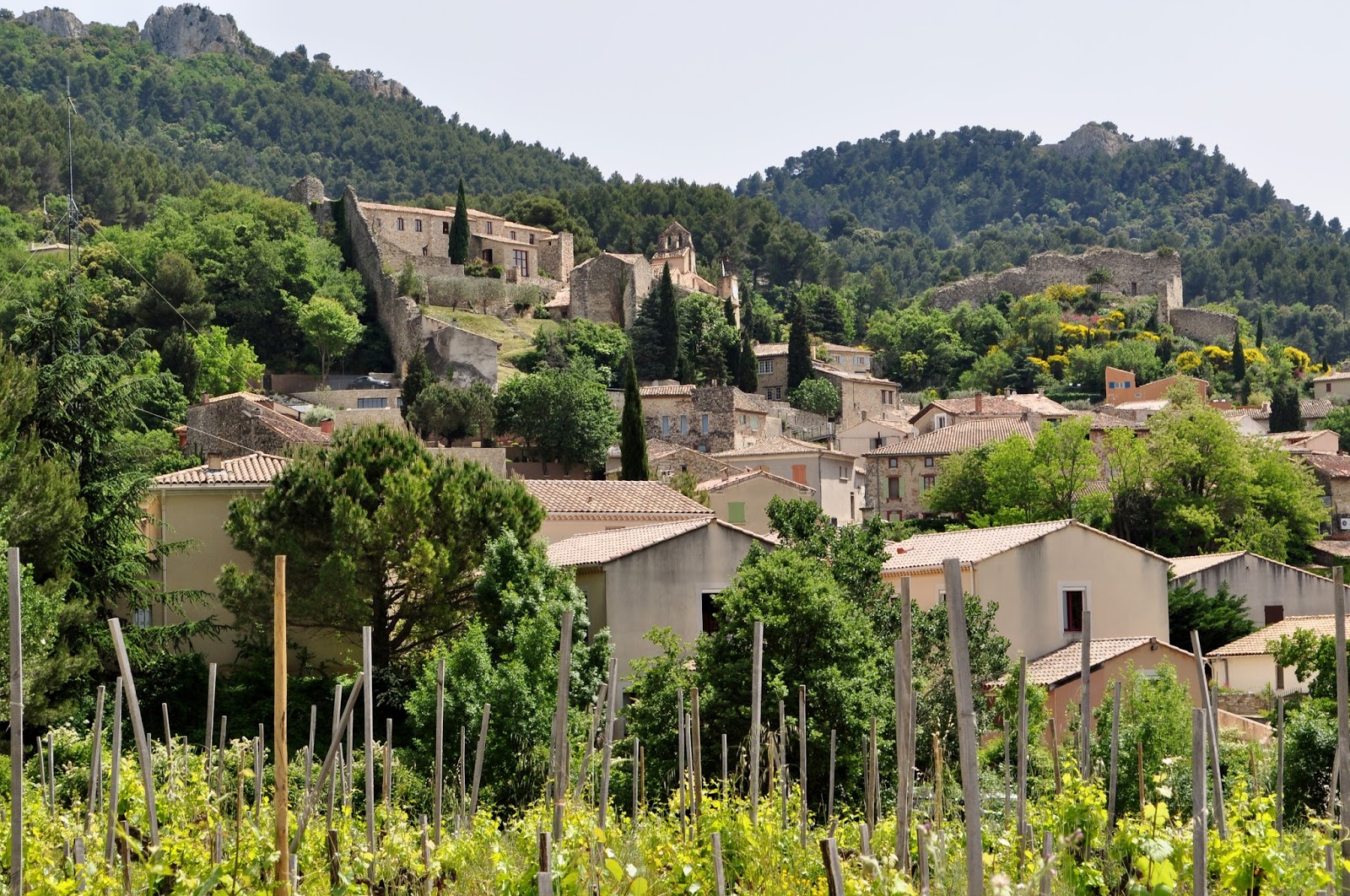The un(t)raveled somm
This is a column about drinking and about (not) travelling and about terroir. It is about my journey to the Court of Master Sommeliers Advanced Exam and about the wines and beers and whiskies I taste along the way.
—————————————————————————————————————
Wine is People
People often find something lacking when they drink wine outside of its birthplace. How many times have we heard the story of the people who travelled to Europe, discovered a wine, brought some back and were disappointed with it when they opened it later, 5000 miles from its birthplace? It is a cliché that wine tastes better with the winemaker but as with every other hackneyed phrase, there is a kernel of truth to be found here as well. It is not simply that we are psychologically disposed towards a wine because the presence of the winemaker makes it seem better than it actually is, but rather that the human context of a wine is as important to the experience as the grape it is made from.
The human context of a wine means the culture which supports, stands, and is reflected in that wine. It also means the day and time and weather and company you drink the wine in as well as your own psychic state. Is it possible to understand a wine without this context? Could we love a wine in its birthplace and despise it when we got home?
Take the Portuguese grape Vinhão, for example. I travelled to Portugal with a small group of Ontario and Quebec journalists and sommeliers courtesy of the Comissão de Viticultura da Região dos Vinhos Verdes and Sopexa. Everytime a glass of Vinhão was presented to us, it was done by way of caution and apology.
Vinhão is a black grape, indigenous to Minho in the north of Portugal; a grape whose skins are so full of colour which is so easily extracted that it is often mistaken for a teinturier variety. Teinturiers are grapes whose flesh are red, of which Alicante Bouschet is perhaps the most well-known example. Vinhão, on the other hand, is not so well-known and rarely makes it outside of the region. 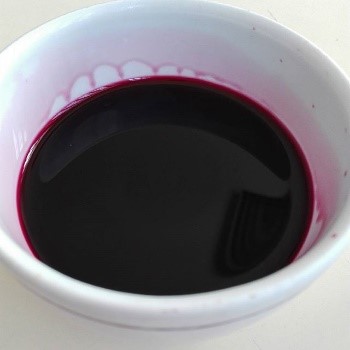 If it does have a claim to fame it is for it’s deep colouring. Traditionally served in a white porcelain cup, the better to enjoy its staining colour, Vinhão is often described unflatteringly as being thin and raspy. Not the classic North American profile by any one’s standard. The caution and apology with which a given producer’s Vinhão was presented to our group was only confirmed by some of my colleagues’ distress at having to drink it. They generally agreed that there was not much to recommend the grape.
If it does have a claim to fame it is for it’s deep colouring. Traditionally served in a white porcelain cup, the better to enjoy its staining colour, Vinhão is often described unflatteringly as being thin and raspy. Not the classic North American profile by any one’s standard. The caution and apology with which a given producer’s Vinhão was presented to our group was only confirmed by some of my colleagues’ distress at having to drink it. They generally agreed that there was not much to recommend the grape.
That porcelain cup, that legend of a wine more popular with the locals than their internationally-renowned whites, brings the cultural context of the wine into focus. Is tradition merely an intractability; a blind clinging to the past? Or do the locals know something we don’t? The producers certainly give the impression that Vinhão is a peculiarity of the region which foreign journalists would not be able to understand. I am not suggesting, as is so often the case with thin European wines, that all Vinhão needs is some food and we North Americans just aren’t drinking it properly. It is a difficult wine to love; light, acidic, and tannins which, while not plentiful, can be rough. What I am suggesting is that we cannot understand any wine without also understanding the place and people it comes from.
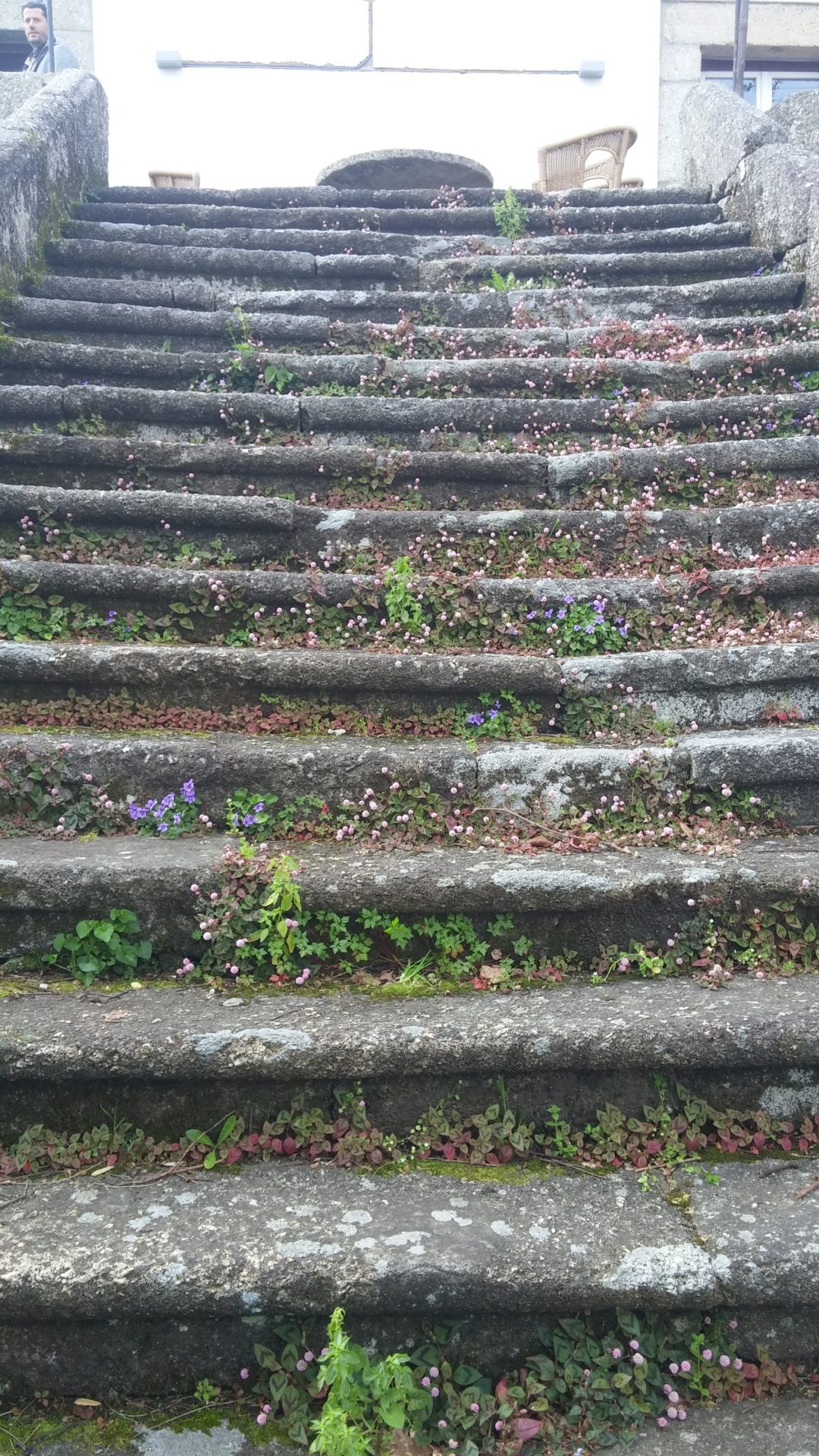
Aphros steps
There was one example of Vinhão which did meet with general approval. At Vasco Croft’s biodynamic estate, Aphros, we found a Vinhão much more pleasing to an international palate and one which is perhaps the leading example of the grape in the world. Northern Portugal and Vinho Verde, the birthplace of the nation, reminded me a lot of Tolkien’s Middle Earth. The country there is verdant, hilly, and not a little reminiscent of Tolkien’s Shire; the kind of place where moss grows over everything and the clay roof tiles are covered in it. The people themselves could also be favourably compared to the hobbit folk who inhabit the pastoral paradise of Tolkien’s novels. Small in stature, hirsute, wary of outsiders, they are also warm and welcoming in their cozy homes built upon the hillsides. They are always to be found in their gardens and as our busload of Canadian winos came trundling up their hill, they straighten up from their work and watch without expression, perhaps wondering who has come to invade them now. In this analogy, Vasco Croft is Gandalf. Indeed, he is known locally as “le sorcier”.
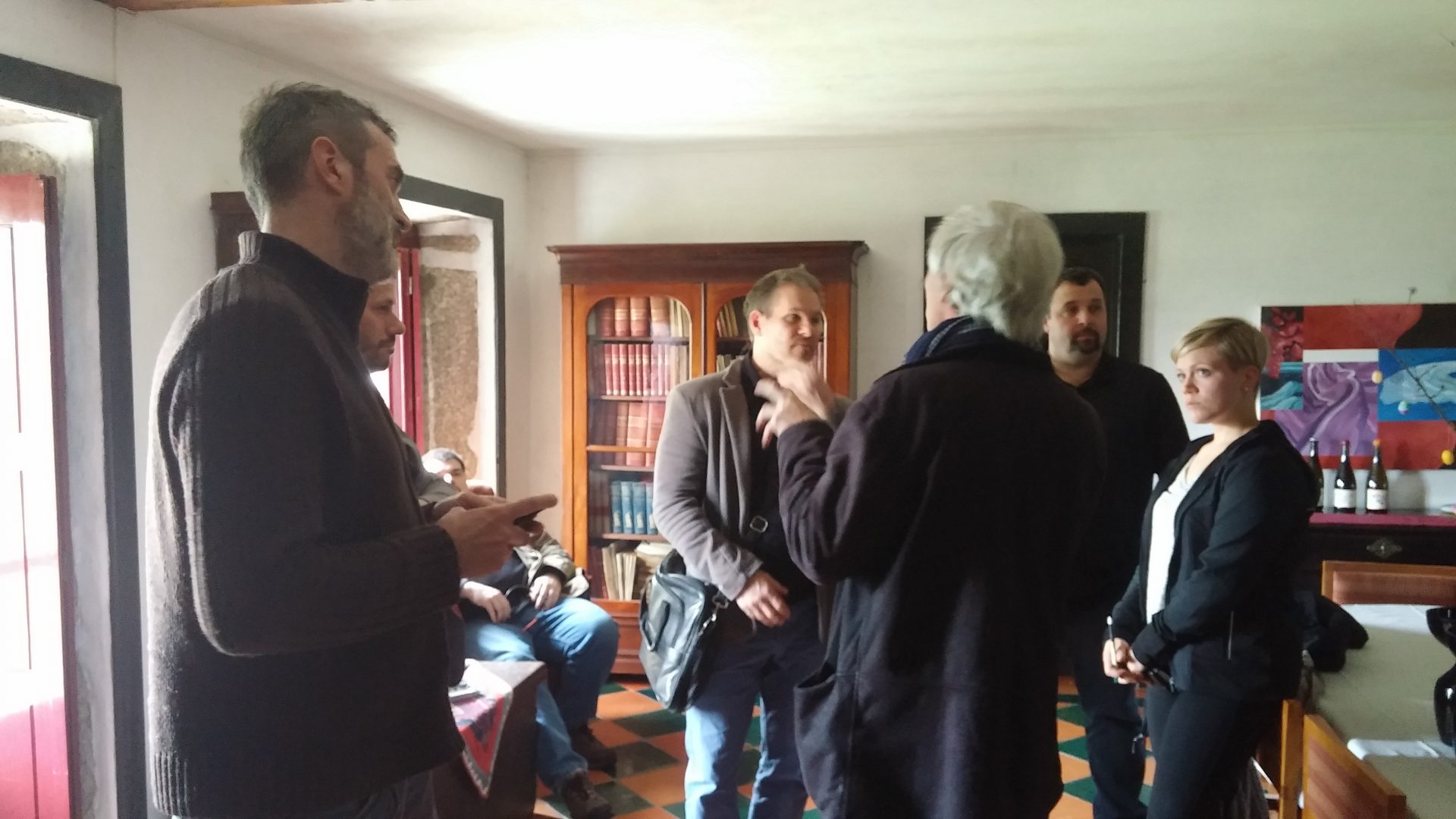
Le Sorcier weaving a spell
Croft is almost faun-like in appearance; Mr. Tumnus from C.S.Lewis’ Narnia Chronicles or like the ancient satyr, Silenus, who tutored the god Dionysus and whom Croft named his excellent Vinhão after. Biodynamic producers, says my colleague David Pelletier, can be roughly divided between the pragmatic and the mystic, between the Zind-Humbrechts and Nicolas Jolys of the world. In the dining room of Vasco Croft, where the natural light is allowed to wane and the one thin electric light in the room remains turned off, we are definitively in the latter camp. Outside, inspecting his water energizer, a fountain of unfolding vaginal basins built into the hillside beneath his food forest, Croft notes that water is the plasticity which enables the cosmos to mingle with the earth. We are not in Kansas anymore.
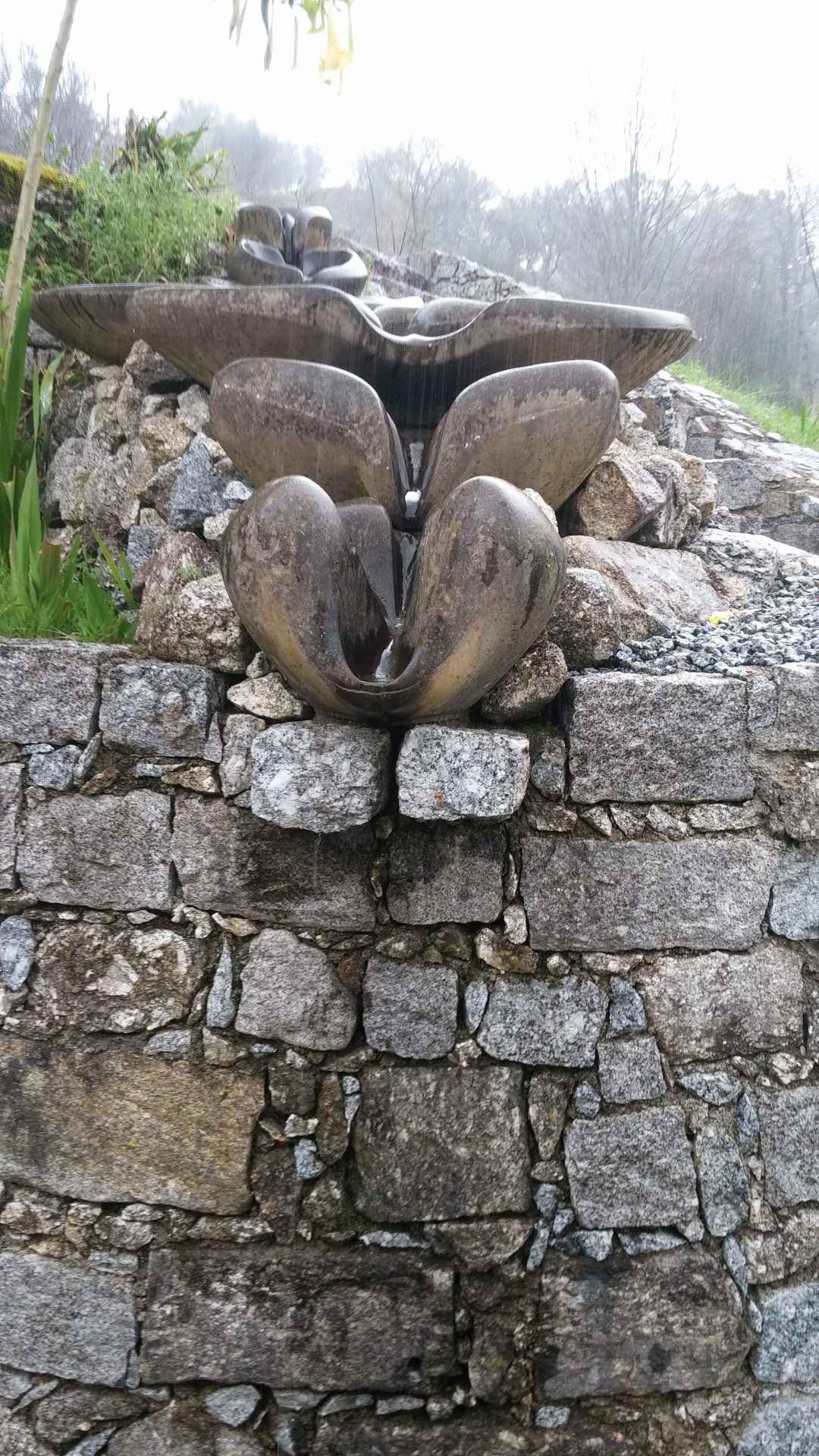
Water Fountain Energizer
The family quinta, a granitic manse built in the early 17thC, smells of a seaside cottage, stone, wood, and cigar. “My utopia is to have here an orchard and vegetable garden and use everything here. It is ridiculous to live on a farm and go to the supermarket,” he says. It is the kind of home you would like to linger in, sit and chat with the aging rock stars who are regular visitors.
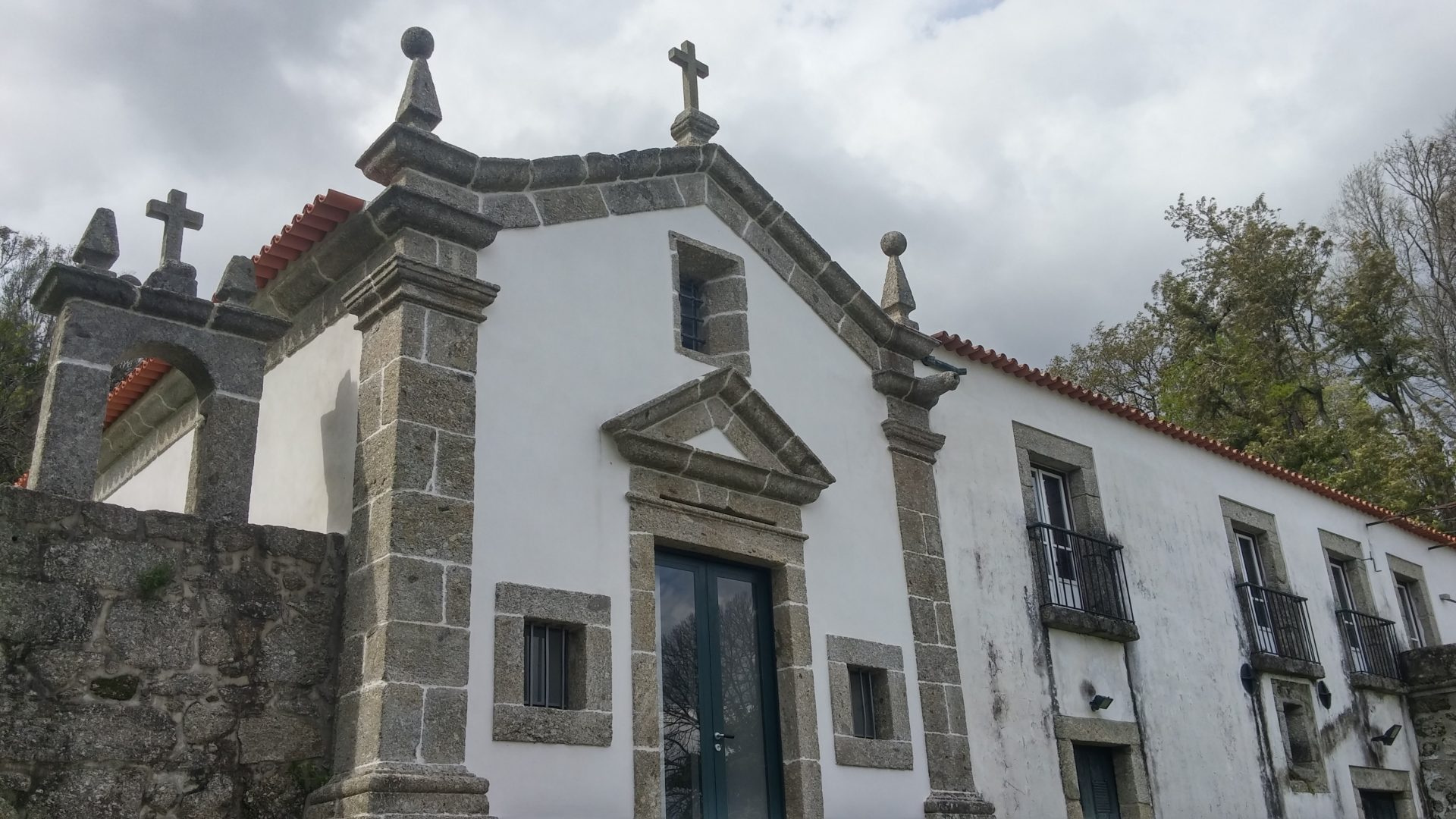
17thC Croft home
While he makes complex and interesting white Vinho Verde, it is with Vinhão that Croft truly stands apart. Curiously, he specializes in sparkling Vinhão and the wines were a revelation. Croft manages Vinhão’s searing acidity with malolactic fermentation and lees aging. Time in bottle helps soften the tannins. Yet, he recommends to serve the wine traditionally, chilled at 10-12 degrees Celcius.
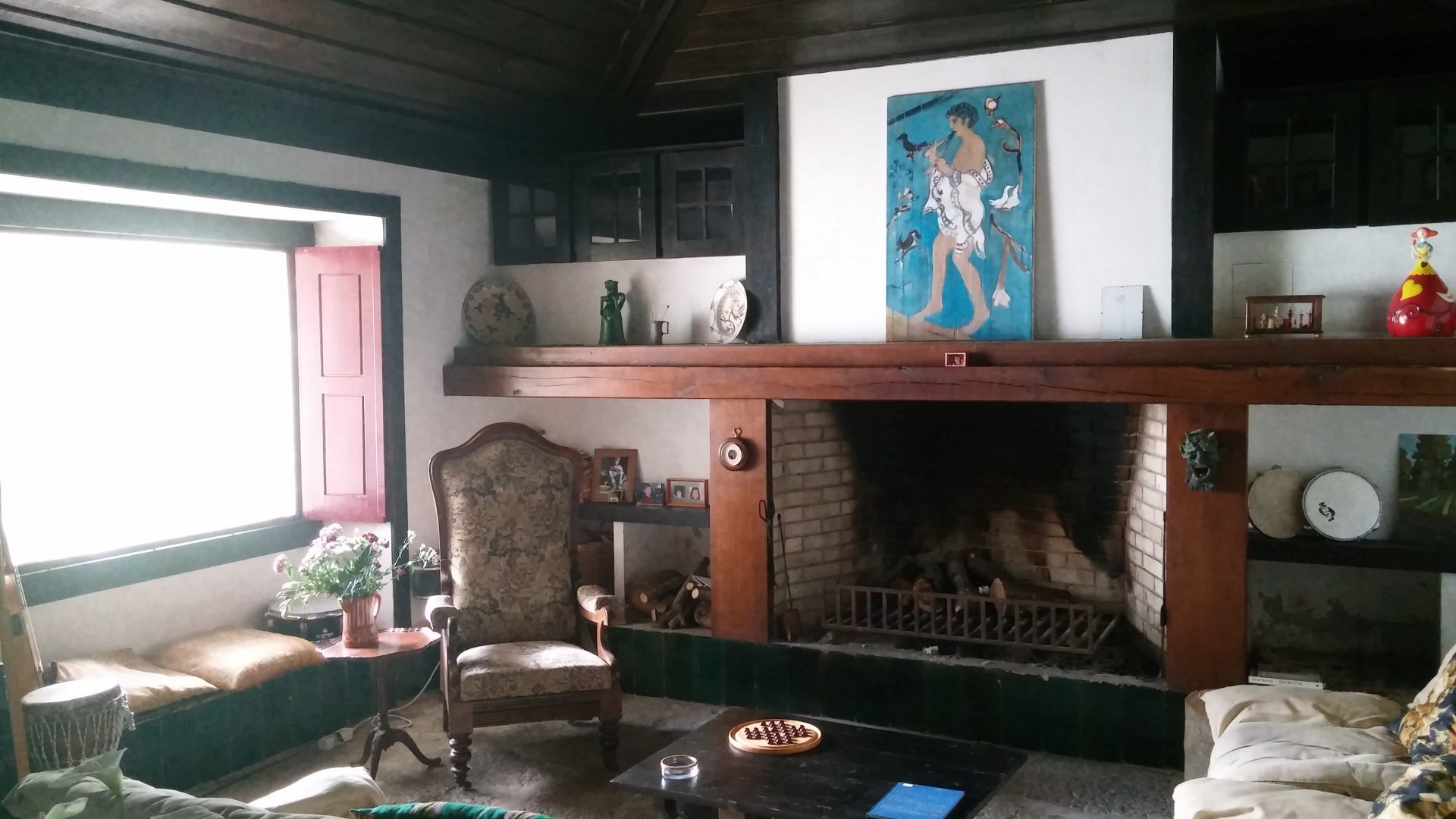
Yakkos oversees the living room
Wine sits very neatly at an intersection between culture and nature. It is not only an expression of the place from which it comes, it is also an expression of the people from which it comes. Which is what I mean when I say that ‘wine is people’. That is, the entire edifice of cultural modes built around wine, the societies, the silly hats and robes, the food, the class systems, and most importantly, oenology, balance upon the pinhead of what’s in your glass at any moment. If you look into the reflective surface of the drink, you will also see that other landscape of soil, slope, sun, rain, grape, vine, and microbial culture which we normally mean when we say terroir. Yet, a ‘sense of place’ does not only mean the natural setting; it is also cultural, and this aspect of wine is something that no map can chart. We begin to understand that wine is a reflection of the people who make it, of the people who drink it.
Is it possible to understand Vinhão? Would you even want to? Sitting in the dining room of Vasco Croft in the waning evening light, you feel like you might, just.
Aphros is represented in Ontario by Le Sommelier Wine Agency.
Aphros Phaunus Palhete 2015
Blend of white and black grapes, 80% Loureiro and 20% Vinhão; fermented in beeswax-lined amphorae. The grapes are co-fermented and the result is a very pale ruby wine, intense with high acidity and low tannin where the Vinhão seems to dominate with red currant and cranberry. Croft wishes here to hearken back to an ancient style of wine, “Most red wines in Iberia were in fact blends of white and red grapes before the 18th Century. That is why they were called Tinto, meaning tinted. In medieval times the symbolic image that monks had in mind, when making red wine, was the blood of Christ. A wine that to contain light and transparency within itself.” [sic]
![]()
Aphros Vinhão 2014
100% Vinhão; Croft has tamed the acid and tannin of Vinhão by fermenting in granite vats, gently pressing by foot, and putting it through malolactic fermentation. Very fresh cranberry fruit and crunchy red apples, the remaining acidity lifts the wine into vibrancy and juiciness. Earthy, floral, and wild. A wine to change your mind. Le Sommelier $22.95
![]()
Aphros Pan 2012
Sparkling 100% Vinhão; traditional method, 6 months on lees. Here Croft uses only free-run juice to obtain a light, pure expression of the grape, showing cherry, red currant, cranberry, herbs, and wild flowers. A touch of residual sugar balances out the naturally high acidity of the grape and the low tannin level is delicate and refreshing. Dry, red sparkling is very interesting with food as both tannin and bubbles have natural pairing abilities. Le Sommelier $27.95
![]()
Aphros Silenus 2010
Sparkling 100% Vinhão; fermentation in granite then 50% 2nd year barrels, 9 months on lees. The colour is almost black, dry, intense wild red cherries underlain with an earthy and floral depth. We’re approaching the ultimate expression not only of a grape but perhaps a person’s vision of that grape. Le Sommelier $34.95
![]()
Aphros Yakkos 2006
Sparkling 100% Vinhão; using an ancient name for Bacchus, Croft signals the journey from Pan to Silenus to the god himself. Bone dry, 67 months on lees, wild black fruits, earth, wildflowers, and herbs; the medium tannins and acidity giving a fine, complex structure to a considerable length. Croft says that some Vinhão can age 10-15 years. Here you begin to believe that.
![]()
 Christopher Wilton lives in Peterborough and is a wine sales representative for the Small Winemakers Collection, a wine educator at Durham College, a server, and the regional liaison on the CAPS board of directors. He is certified with CMS, is almost finished his WSET Diploma, and has his CSW.
Christopher Wilton lives in Peterborough and is a wine sales representative for the Small Winemakers Collection, a wine educator at Durham College, a server, and the regional liaison on the CAPS board of directors. He is certified with CMS, is almost finished his WSET Diploma, and has his CSW.



